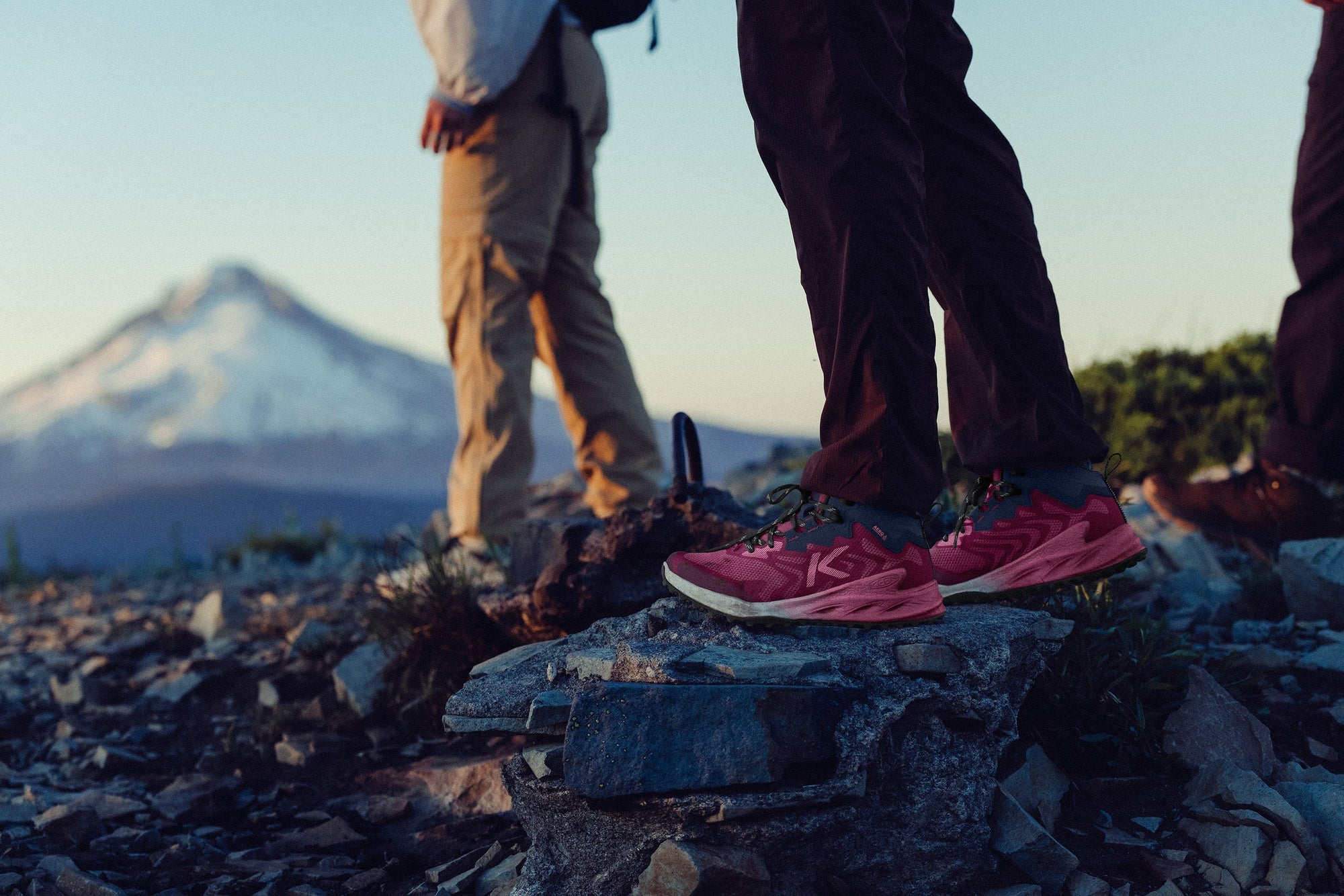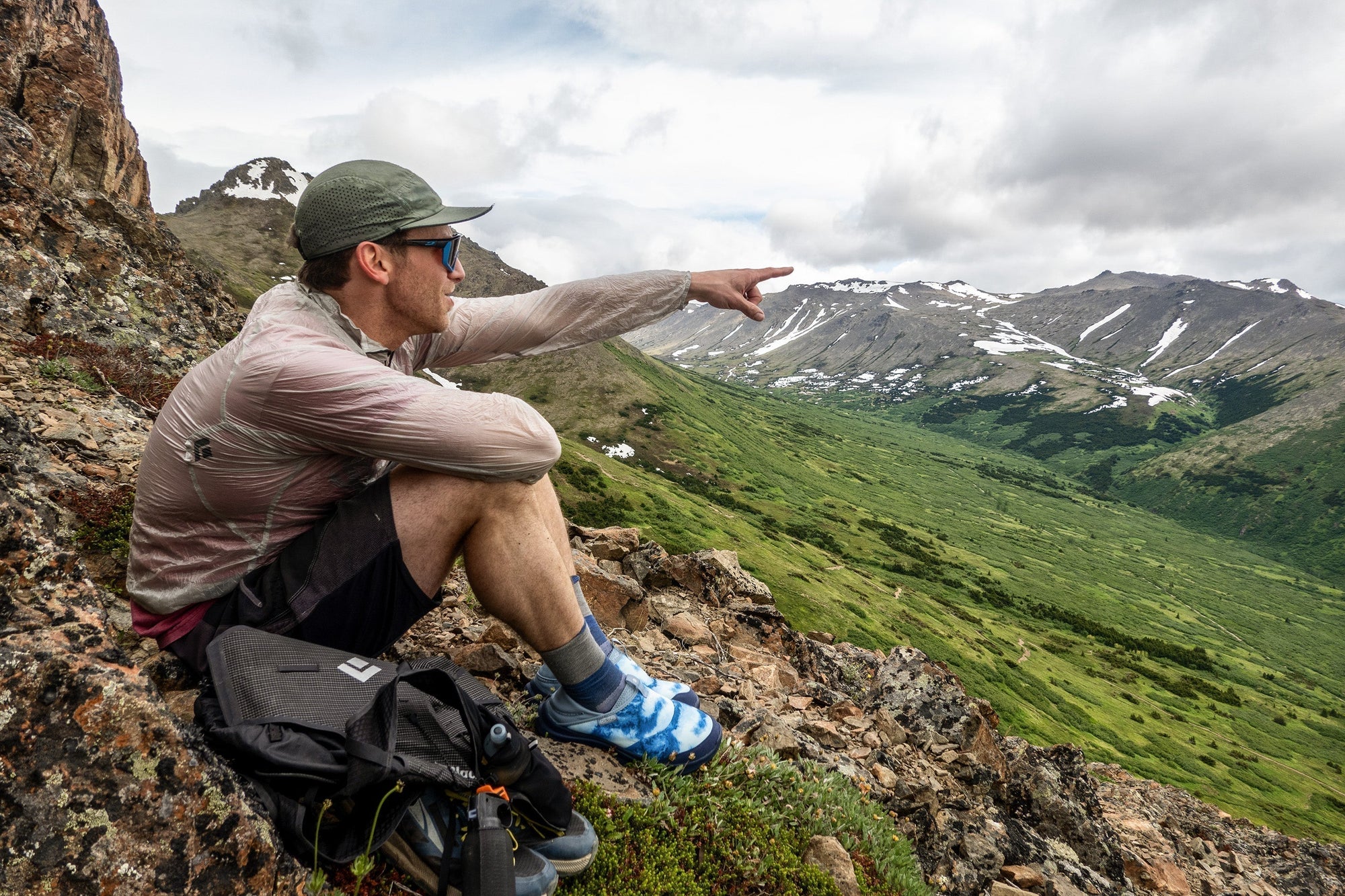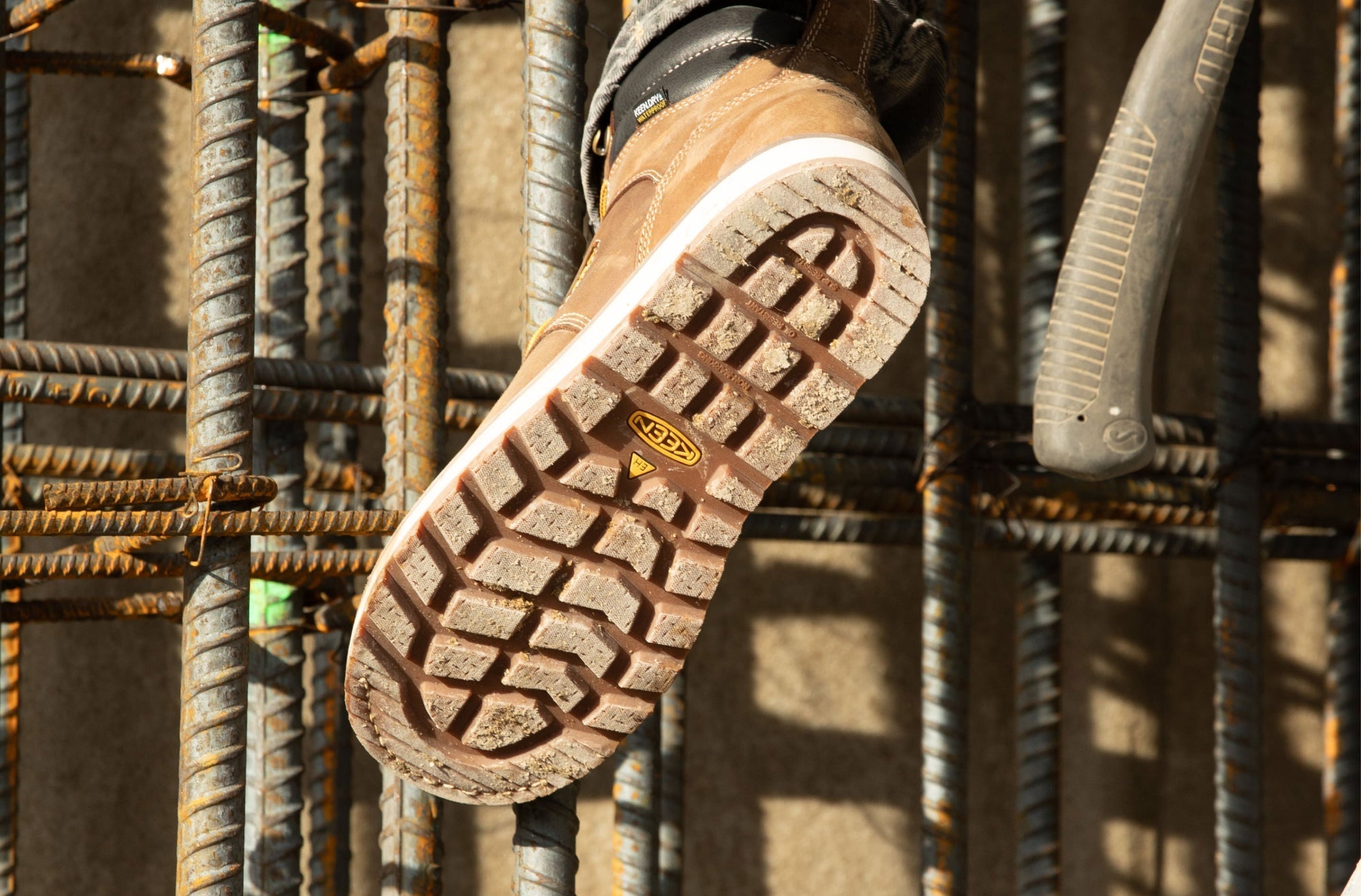You did it. You went snowshoeing, cross-country skiing, or took a winter hike. And you had fun! Now you’re ready to gear up for more dedicated winter backcountry outings.
The good news is that getting out in the winter is not just about the gear. Planning and basic tips go a long way to staying warm and having a good experience (read our guide on winter backcountry basics here).
If you’re ready to dig a little deeper into winter, here’s a list of gear tips to prioritize what you need and enjoy winter like a seasoned pro.
Clothing Matters
At the risk of stating the obvious: if you’re not wearing the right clothes, you’re not gonna have a good time. Aside from the basics of weatherproof outerwear, here’s our take on the non-negotiable clothing priorities for keeping the goose-bumps and frostbite at bay (and the fun factor high).
1. Avoid cotton: Cotton and cotton-blend clothing absorb moisture. And wet cotton will drop your body temperature faster than you can say rookie mistake. Swap out that cotton t-shirt for a techier synthetic base layer. Even something as simple as cotton underwear can sap valuable body warmth when it becomes sweaty. Good synthetic or wool base layers are the foundation to staying warm and happy in cold, damp weather. We recommend using a light to midweight base layer followed by a heavier-weight middle layer.
2. The right footwear: When hiking or snowshoeing, boots are the frontline for staying warm, dry, and moving comfortably through fresh snow whether it’s 4 inches or 14 inches deep. In addition to being waterproof, consider how tall and well insulated your boots are. Our winter boot guide is a good place to start learning more.
3. Boot gaiters: It doesn't matter how waterproof or insulated your boots are if the snow can get in around the cuff. Boot gaiters are the ticket for sealing out the elements. Look for gaiters that attach under the instep of your boots and extend well above boot cuffs.
Inside Your Pack

No one wants to carry more than they have to, but what you put in your day pack can make or break whether you make it to the overlook and back to the car warm and dry. Here are some essentials that we think belong on any good winter outing.
1. The basics: At a minimum, a day hike requires the basics: food, water, and a spare layer. Come winter, the basics still apply, but then the list gets more specific. Think hot drinks, calorie-rich foods (like nuts and/or a good-old-fashioned PB+J sandwich), and which clothes are most likely to get wet like gloves, socks, and a hat. Packing spares is lightweight insurance to keep enjoying the day. Some people even pack a dry base layer top if they know they are going to get sweaty on a strenuous uphill. It sounds cold to change a layer outside, but once you get it done, you’ll be smiling all the way back to the trailhead.
2. Headlamp: Winter days are short, and negotiating any trail in the dark is a recipe for getting lost. Adding a headlamp to your packing list is an easy fix to fading daylight or extending your day just a little longer. Today’s LED headlamps are incredibly bright, lightweight, and long-lasting.
3. Emergency stuff: Here are a couple of emergency items to consider for your packing list that are actually pretty lightweight but still make a big difference if you find yourself in trouble. First is a tarp or space blanket. Emergency space blankets can be as small as a deck of cards, and they make a world of difference when it comes to avoiding hypothermia. Second is a fire starter. Make it as simple as strike-anywhere matches and some paper, or get fancy and buy some fire starter sticks for your kit. Search “homemade fire starter” and you’ll find lots of cool DIY fire starter tricks!
What About Tech?
Technology can literally put maps and communication in the palm of your hand. However, tech gadgets are only as useful as your experience with them. Before you load up on the latest gadgets, ask yourself: How will this device help keep me out of trouble? How well do I know how to use it?
1. GPS: GPS units provide valuable insights into location and route finding. Try getting to know your GPS by participating in geocaching. It’s like hide and seek with tech and prizes!
2. Cell phone: How did we ever live without ‘em? Before you decide to rely on your phone for backcountry emergencies, make sure you know there is reliable cell coverage where you are headed. If you’re tech-savvy, take a look at the GPS and mapping apps available for phones. Many of them work without cell service and offer the same functionality as a regular GPS unit. One of our faves, GaiaGPS, even has a cell coverage map layer available.
3. Personal Locator Beacons (PLBs) and satellite messengers: Once the tool of professional adventurers, satellite-based units are now available at your local outdoor store. They are the device of choice for true remote adventure and deserve consideration if you find yourself in the backcountry on a routine basis. Many require subscription services for full functionality, so do your homework before committing.
4. Avalanche transceiver: If your winter plans include big alpine terrain and travel near or above treeline, we recommend you first take a basic avalanche awareness course (learn about avalanche courses here). Avalanche safety begins with recognizing avalanche terrain, not necessarily with carrying specific safety equipment.
Now it’s time grab your backpack, layout your gear, and decide which yummy snacks you’re gonna bring along. If you’ve gotten ahead of yourself and still have a few questions about adventuring into the winter backcountry, check out our guide on winter backcountry basics here.












